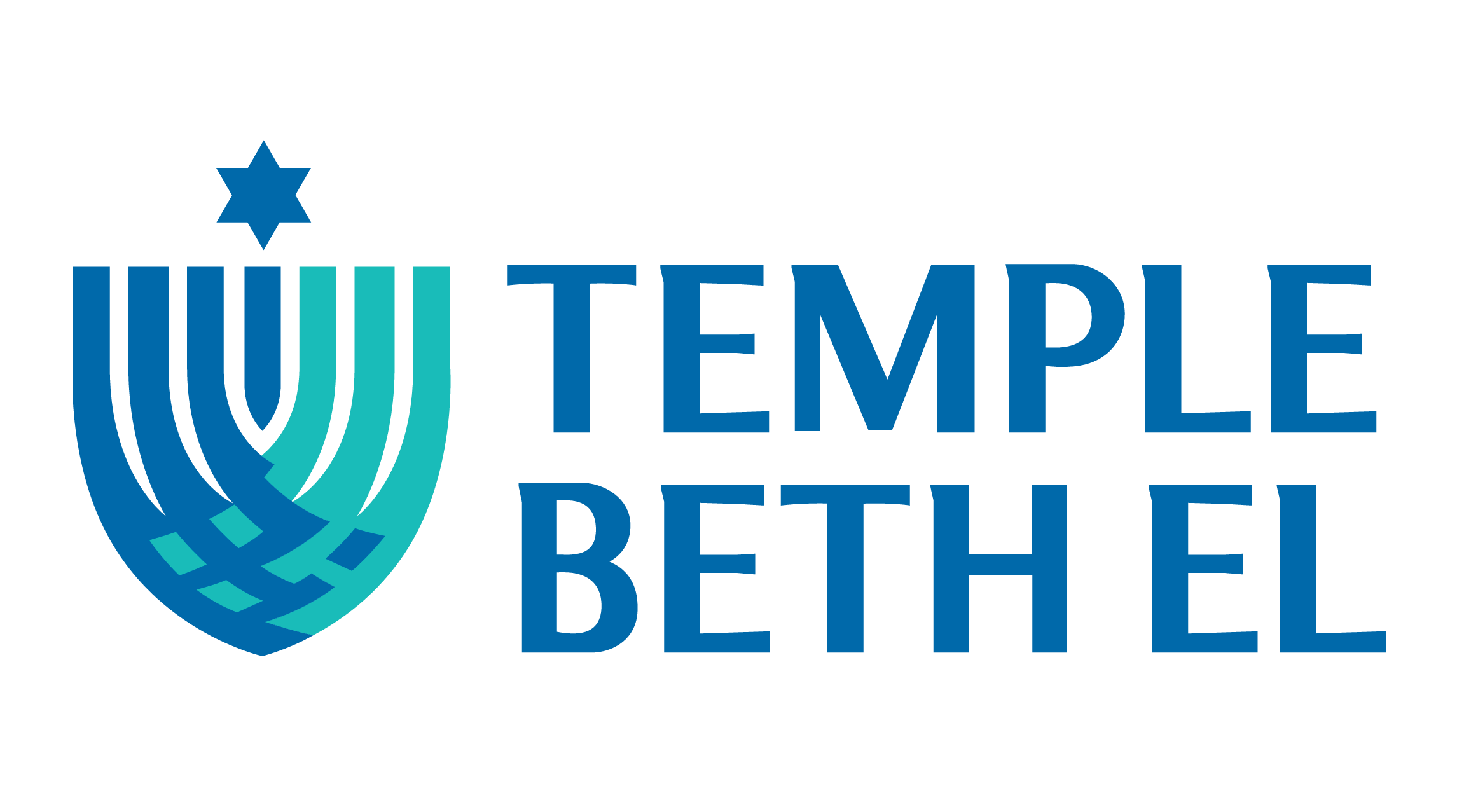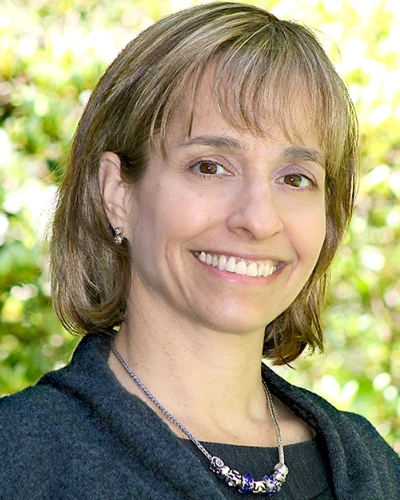Genesis describes the purchase of property by our father Abraham for the burial of our mother Sarah. The legendary cave of Machpelah, acquired through negotiation with the Hittites, became the site not only of Sarah’s grave, but also of the reconciliation of Isaac and Ishmael as they came together to bury Abraham here in Hebron. Torah teaches that Isaac, Rebecca, Jacob, and Leah all found their final rest in this place.
Today, 200,000 Palestinians live in this impoverished West Bank city along with 500 soldiers of the IDF, charged with protecting 800 Jewish settlers.
We traveled to Hebron along with 45 other rabbis given the opportunity to see this place, and all that it represents, with our own eyes. On the road here, our bulletproof bus stopped at the Gush Etzion junction. Sirens signaled the immediate aftermath of a terrorist attack. Over our phones we saw the headlines: a Palestinian attacked an Israeli soldier with a knife. The soldier who was stabbed survived the attack, but an Israeli officer was killed by friendly fire aimed at the attacker. We passed in silence, aware that we were witnessing a kind of violence that has become almost daily in these parts.
Hebron is not only our people’s first burial site. It has also been a recurring focal point in our people’s narrative, one of the four holy cities in Jewish tradition. 3,000 years ago David briefly established his kingdom in Hebron. 2,000 years ago Herod built up the burial site in the same style as the Temple in Jerusalem. As our group walked inside the structure of the Cave of Machpelah, we found children and women deep in prayer.
On Purim and Ramadan, which fell over the same days in 1994, Hebron and the Cave became a site of bloodshed and a symbol of hate when Baruch Goldstein killed 29 Palestinian Muslims and wounded another 125 as they gathered at the holy site in prayer. He is now buried in Meir Kahane memorial park nearby. His grave has become a pilgrimage site for Jewish extremists. Now the cave is divided with a Muslim side and a Jewish side as is the center of the sacred city.
Two tour guides took our group through the city: a communications representative of the settlers who live in Hebron; and an IDF veteran and peace activist who served in Hebron and now represents Breaking the Silence, a group of IDF veterans who document abuses of Palestinians by the military. Together these two guides offered us conflicting narratives that left our heads hurting and our souls deeply unsettled. In the streets around the cave site, memorials name Israelis murdered by Palestinians. Eerily silent houses stand as witness to the thousands of Palestinians forced to leave their homes and their shops. A once bustling urban center sits so empty that the words of Lamentations replayed in our minds, “How she sits alone, the city once crowded with people!”
The settlers’ narrative is as follows: “Holy sites and historical sites are the same thing.” “The army is here not to protect the settlers but to protect Jewish history.” “We are not settlers; we are resettlers.” “Throughout history our people have come back to this place again and again. We always will come back here.” “Oslo was based on two lies: that Jews would become ahistorical and that jihadists would be happy with only part of the land.”
The Breaking the Silence narrative is as follows: “The human rights cost is too high to protect a historical narrative.” “Our role as soldiers was to make sure that the Palestinians were always aware of our presence. That meant searching homes at 2 a.m., breaking down the door if the family didn’t answer, taking all of the belongings out of their drawers, interviewing the family members, taking pictures, sometimes conducting a mock arrest of the father, even if we knew he’d done nothing wrong.” “Flying checkpoints that move day by day, sometimes hour by hour are a constant reminder of the army’s presence.” “In the twenty percent of Hebron that is Israeli controlled, forty-two percent of Palestinian homes have been abandoned. 1,800 shops have been shut down for security. In the three percent of the city that has been cleared, there are houses where Palestinians still live but they cannot go out their front door because they are not allowed to walk on the street.” “It is a problem –the framework of us controlling millions of people.”
We emerged troubled by the encounter, sick to our stomachs by what we’d seen. To be a Reform Zionist means that we are deeply committed to our Jewish homeland — its security, its survival, and its ability to thrive. To be a Reform Zionist means that we embrace our Jewish prophetic tradition built upon justice for all people, including Palestinian people. Today, these two goals seem farther apart than ever. It’s hard to believe that what we saw today is what Herzl had in mind.
Rabbi Lexi Erdheim’s Opening Remarks at JCRI’s “Welcoming the Stranger to the (Virtual) Table”
Before we begin, I want to take a moment to name the grief and shock that we are all carrying in light of the horrific




